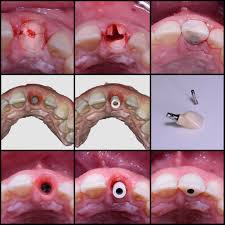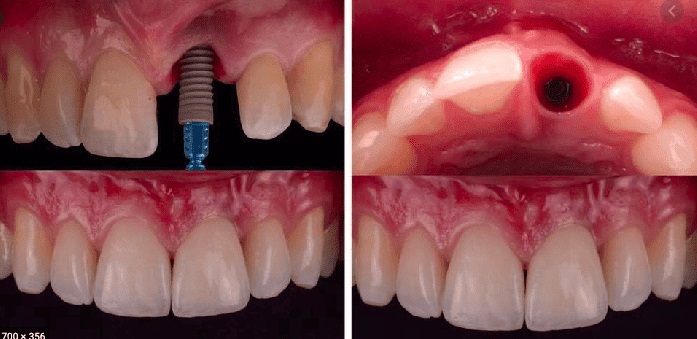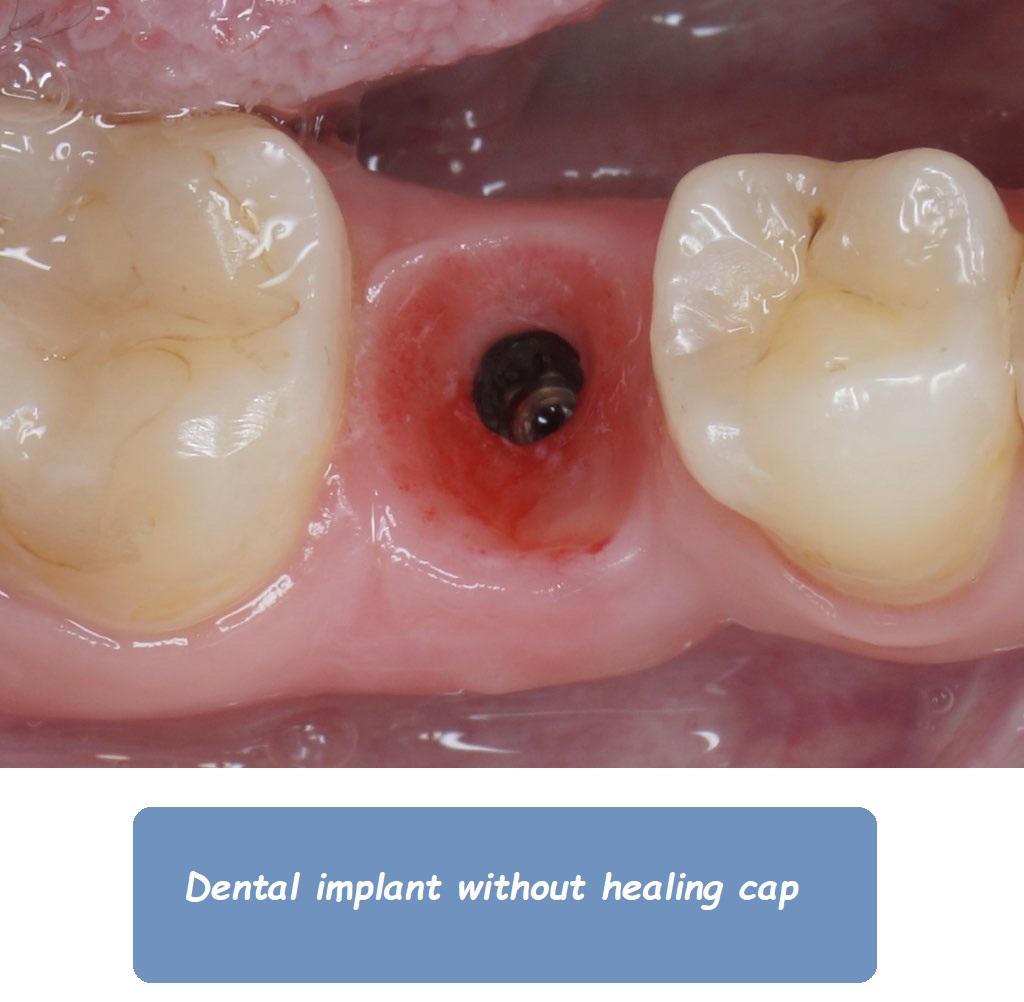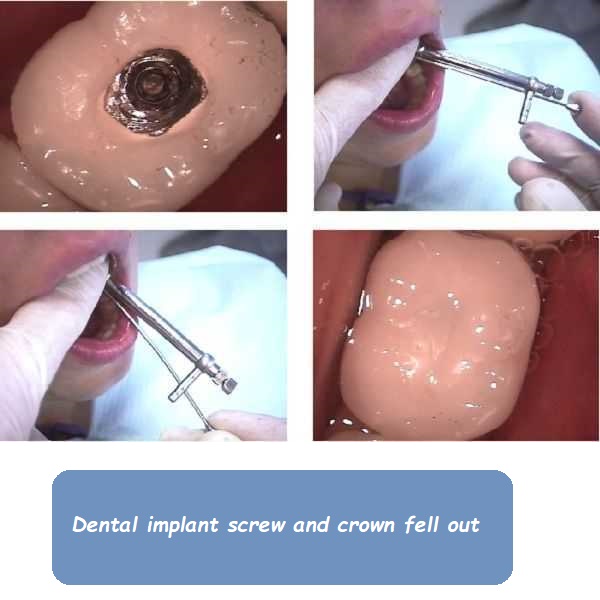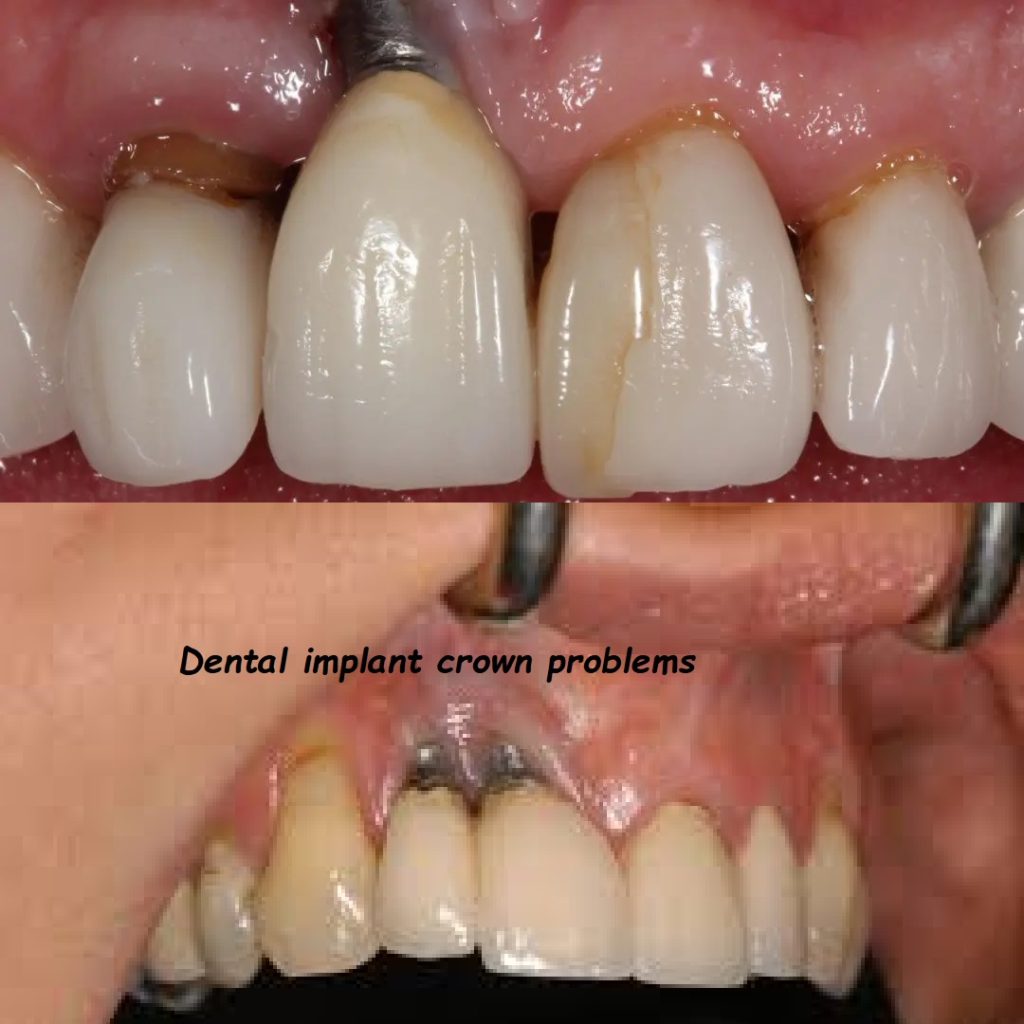Bone Grafting For Dental Implants
Bone Grafting for Dental Implants: A Comprehensive Guide
Bone grafting for dental implants is a critical procedure that enhances the jawbone’s structure, allowing for successful dental implant placement. This comprehensive guide delves into the intricacies of bone grafting for dental implants, covering its importance, procedures, benefits, considerations, and more.
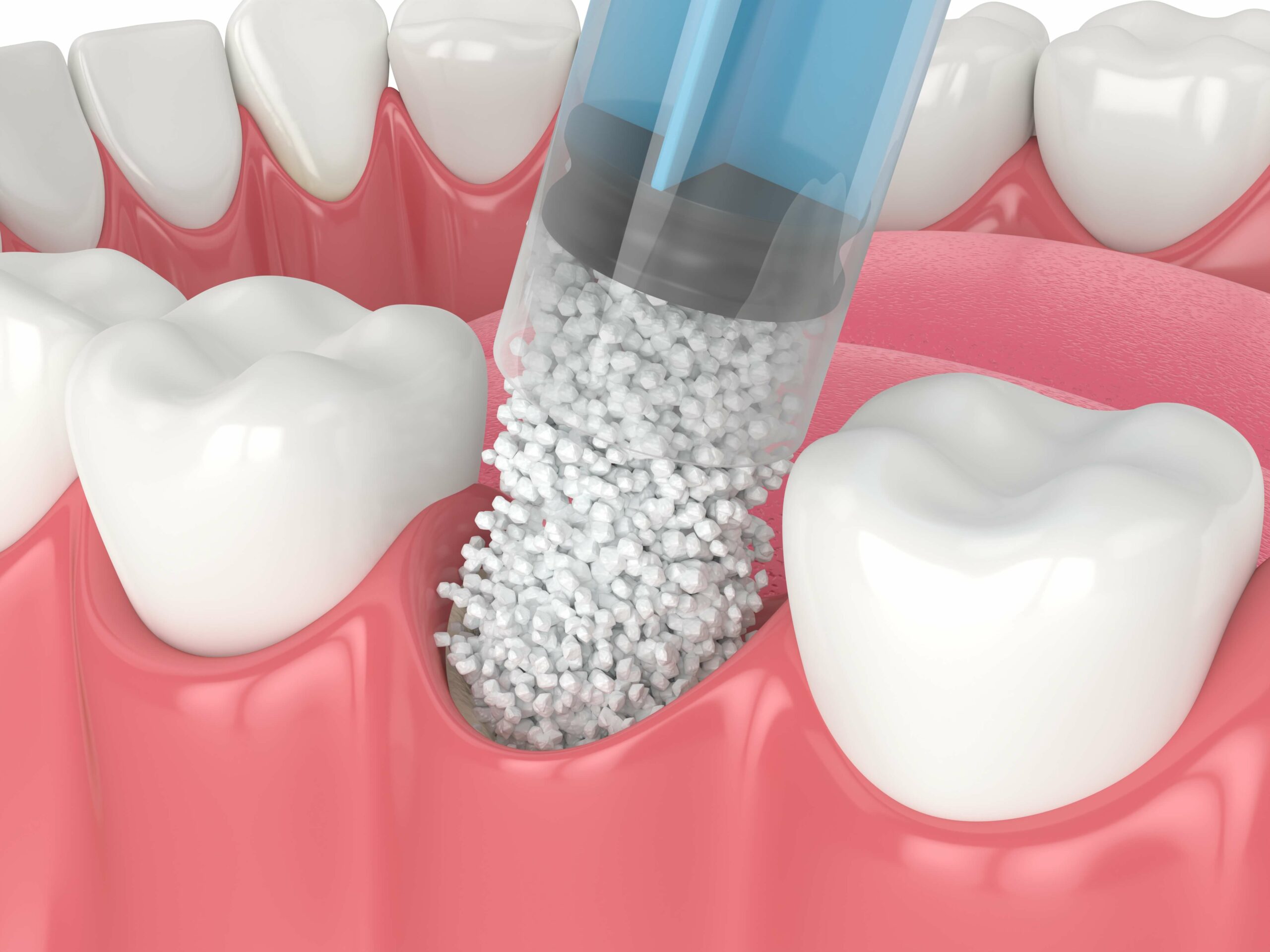
Table of Contents
- Introduction
- What is Bone Grafting for Dental Implants?
- Why Bone Grafting is Necessary for Dental Implants
- Types of Bone Grafts
- Bone Grafting Procedures
- Benefits of Bone Grafting for Dental Implants
- Considerations and Risks
- Recovery and Aftercare
- Success Rates of Bone Grafting for Dental Implants
- Cost of Bone Grafting for Dental Implants
- FAQs
- Conclusion
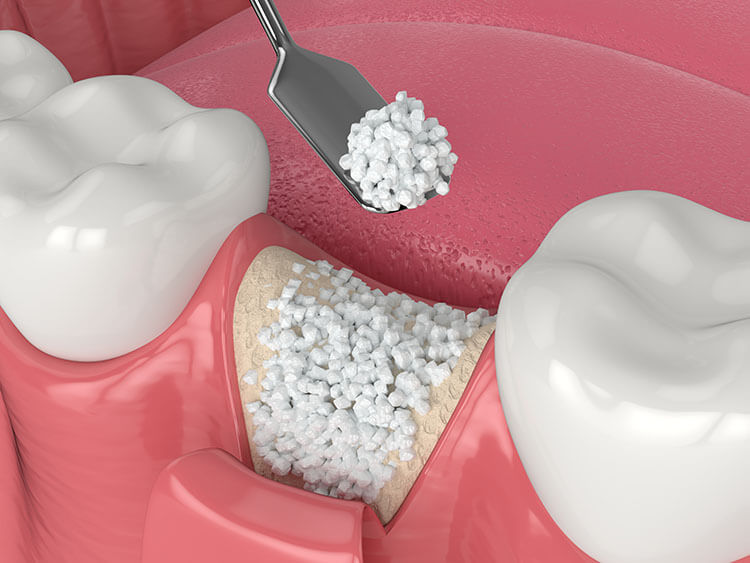
Introduction
Bone grafting for dental implants is a foundational procedure in modern dentistry. It involves augmenting the jawbone to provide a stable base for dental implants. This procedure is crucial for patients with insufficient bone density, ensuring the longevity and stability of their dental implants.
What is Bone Grafting for Dental Implants?
Bone grafting for dental implants is a surgical procedure that replaces and regenerates lost bone in the jaw. This new bone growth helps support dental implants, which require a certain amount of bone to anchor securely. The grafted bone can be sourced from the patient (autograft), a donor (allograft), an animal (xenograft), or created synthetically (alloplast).
Why Bone Grafting is Necessary for Dental Implants
Insufficient Bone Density
One of the primary reasons for bone grafting is insufficient bone density. Factors such as periodontal disease, injury, or prolonged tooth loss can lead to bone resorption, making the jawbone too thin or soft to support an implant.
Restoring Jaw Structure
Bone grafting helps restore the natural contour and height of the jawbone, which is essential not only for aesthetic reasons but also for maintaining oral functionality and supporting the surrounding teeth and facial structure.
Enhancing Implant Stability
For dental implants to function correctly and last long, they need a strong and stable foundation. Bone grafting ensures that the implants are securely anchored in place, reducing the risk of implant failure.
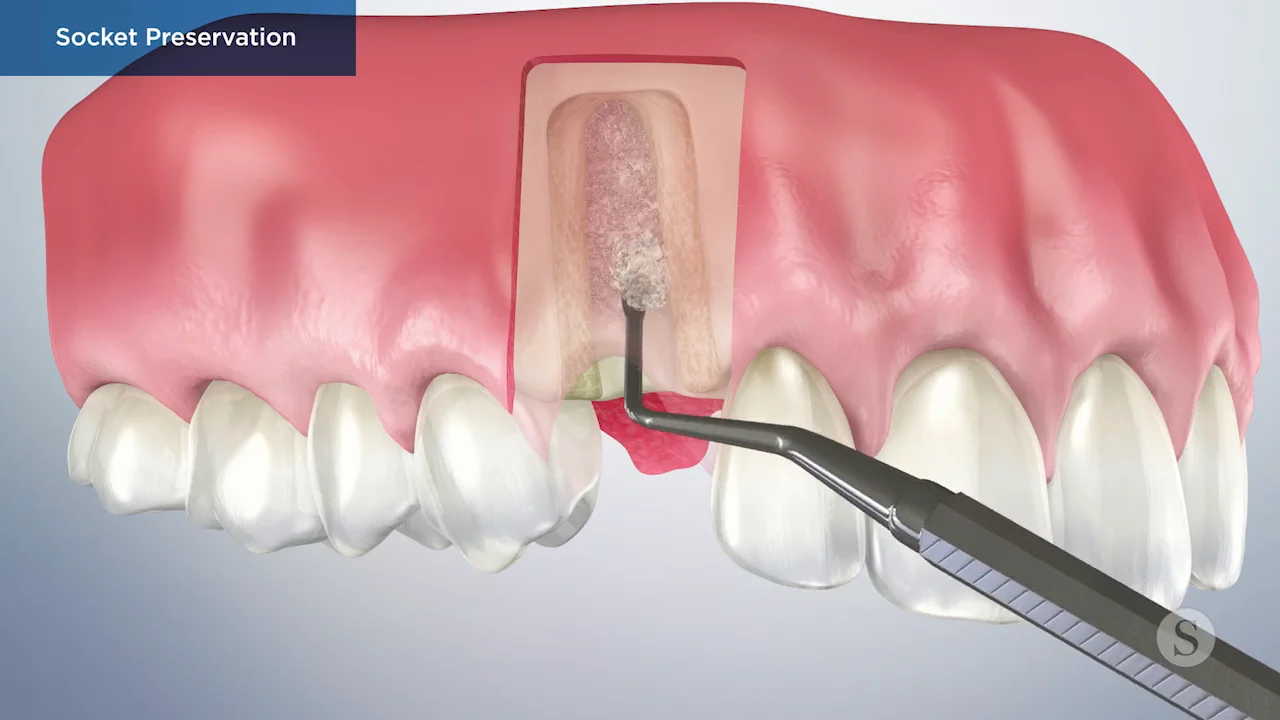
Types of Bone Grafts
Autografts
Autografts are bone grafts harvested from the patient’s own body, typically from the chin, hip, or other areas of the jaw. They are considered the gold standard because they are biocompatible and have a high success rate.
Allografts
Allografts are bone grafts obtained from a human donor. These grafts undergo rigorous screening and processing to ensure they are safe for implantation. They are a popular choice due to their availability and effectiveness.
Xenografts
Xenografts are bone grafts derived from animals, usually cows. These grafts are processed to ensure they are safe for human use. They provide a scaffold for new bone growth and are resorbed by the body over time.
Alloplasts
Alloplasts are synthetic bone grafts made from materials such as hydroxyapatite or calcium phosphate. They are designed to mimic the properties of natural bone and provide a framework for new bone growth.
Bone Grafting Procedures
Socket Preservation
Socket preservation, also known as ridge preservation, is performed immediately after a tooth extraction to prevent bone loss. A graft material is placed in the socket to preserve the bone volume and structure.
Ridge Augmentation
Ridge augmentation is used to increase the width and height of the jawbone. This procedure is essential for patients who have experienced significant bone loss due to trauma, disease, or long-term tooth loss.
Sinus Lift
A sinus lift, or sinus augmentation, is a procedure that adds bone to the upper jaw in the area of the molars and premolars. This is necessary when the sinuses are too close to the jawbone for dental implants to be placed.
Block Bone Grafting
Block bone grafting involves taking a small block of bone from the patient’s chin or jaw and securing it to the area needing augmentation. This technique is used for severe bone deficiencies.

Benefits of Bone Grafting for Dental Implants
Improved Aesthetics
Bone grafting restores the natural contours of the jaw, leading to better facial aesthetics and a more natural-looking smile.
Enhanced Oral Functionality
With a stable foundation provided by bone grafting, dental implants can function just like natural teeth, allowing for improved chewing, speaking, and overall oral health.
Increased Success Rate of Implants
Bone grafting significantly increases the success rate of dental implants by providing a solid base for the implants, reducing the likelihood of implant failure.
Prevents Further Bone Loss
By stimulating new bone growth, bone grafting prevents further bone loss, which can occur when missing teeth are left untreated.
Considerations and Risks
Infection
As with any surgical procedure, there is a risk of infection. Proper aftercare and hygiene are essential to minimize this risk.
Graft Rejection
Although rare, there is a possibility that the body may reject the graft material. Choosing the appropriate type of graft and following the dentist’s instructions can mitigate this risk.
Pain and Swelling
Post-operative pain and swelling are common but typically subside within a few days. Pain management strategies will be discussed with your dentist.
Cost
Bone grafting can be expensive, and not all insurance plans cover the procedure. Discussing the cost and financing options with your dentist is crucial.
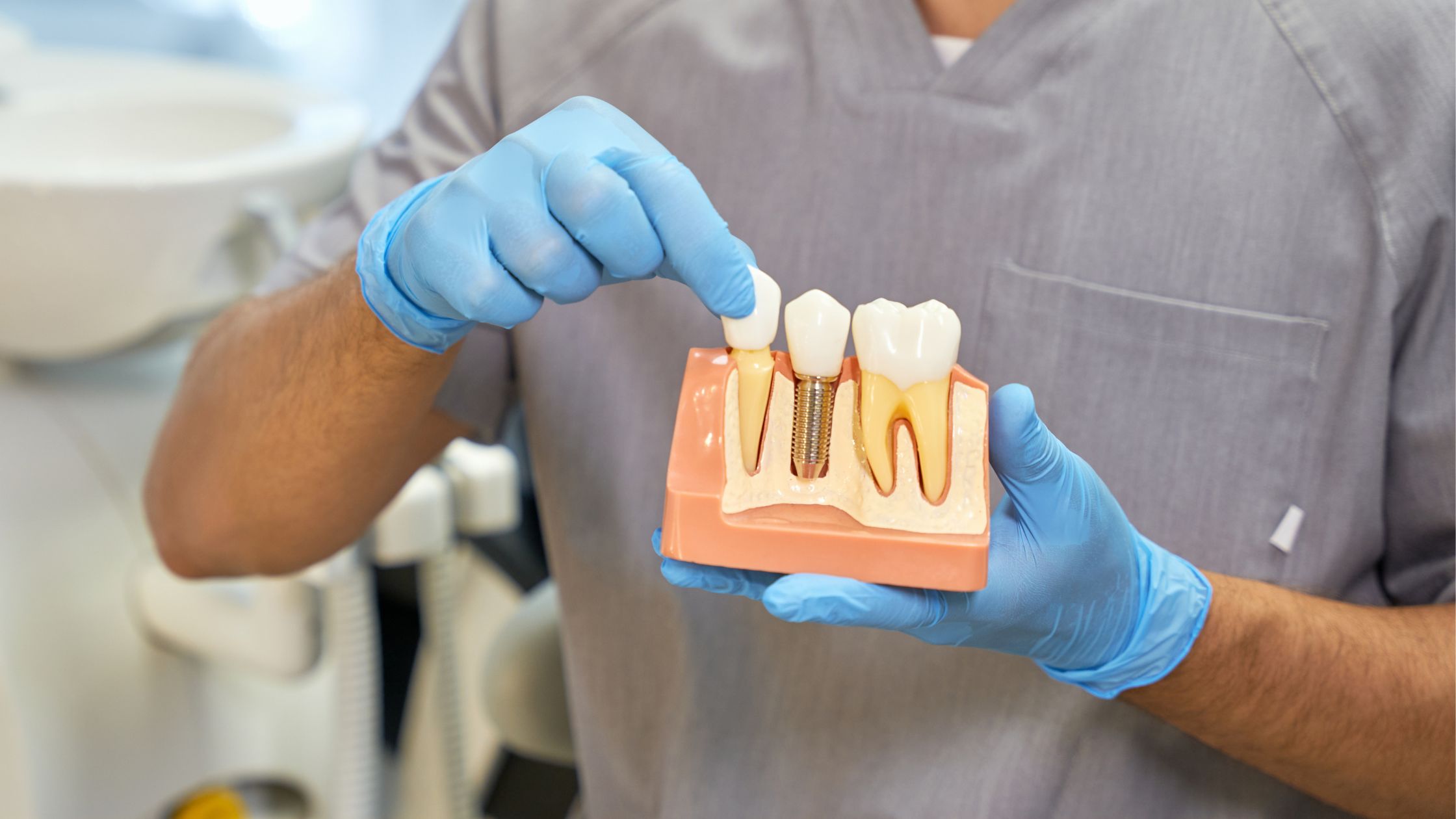
Recovery and Aftercare
Immediate Post-Operative Care
- Rest: Rest and avoid strenuous activities for the first few days.
- Ice Packs: Apply ice packs to reduce swelling.
- Medication: Take prescribed medications as directed.
Oral Hygiene
- Gentle Brushing: Brush your teeth gently to avoid disturbing the graft site.
- Mouth Rinse: Use an antibacterial mouth rinse to prevent infection.
Follow-Up Visits
Regular follow-up visits are essential to monitor healing and ensure the graft is integrating well with the natural bone.
Success Rates of Bone Grafting for Dental Implants
The success rate of bone grafting for dental implants is generally high, ranging from 90% to 95%. Factors such as the patient’s overall health, the type of graft used, and adherence to post-operative care instructions play a significant role in the success of the procedure.
Cost of Bone Grafting for Dental Implants
The cost of bone grafting for dental implants can vary widely based on factors such as the type of graft used, the complexity of the procedure, and geographic location. On average, the cost can range from $300 to $3,000 per graft. It’s important to discuss the costs and potential financing options with your dental provider.
FAQ
Q: How long does bone grafting for dental implants take to heal? A: Healing time can vary, but typically, it takes about 3 to 6 months for the graft to fully integrate with the natural bone.
Q: Is bone grafting for dental implants painful? A: The procedure is usually performed under local anesthesia or sedation, minimizing discomfort. Post-operative pain can be managed with prescribed medications.
Q: Can anyone get bone grafting for dental implants? A: Most people who need additional bone support for implants can undergo bone grafting. However, a thorough evaluation by a dentist is necessary to determine eligibility.
Q: What are the signs of bone graft failure? A: Signs of bone graft failure include severe pain, swelling, and infection at the graft site. If you experience these symptoms, contact your dentist immediately.
Q: How do I care for my mouth after bone grafting? A: Follow your dentist’s instructions, which typically include gentle brushing, using an antibacterial mouth rinse, and avoiding strenuous activities.
Conclusion
Bone grafting for dental implants is a vital procedure for ensuring the success of dental implants, particularly for patients with insufficient bone density. By understanding the process, benefits, and considerations, patients can make informed decisions about their oral health. If you are considering dental implants and need bone grafting, consult with a specialist to determine the best course of action for your specific needs.



